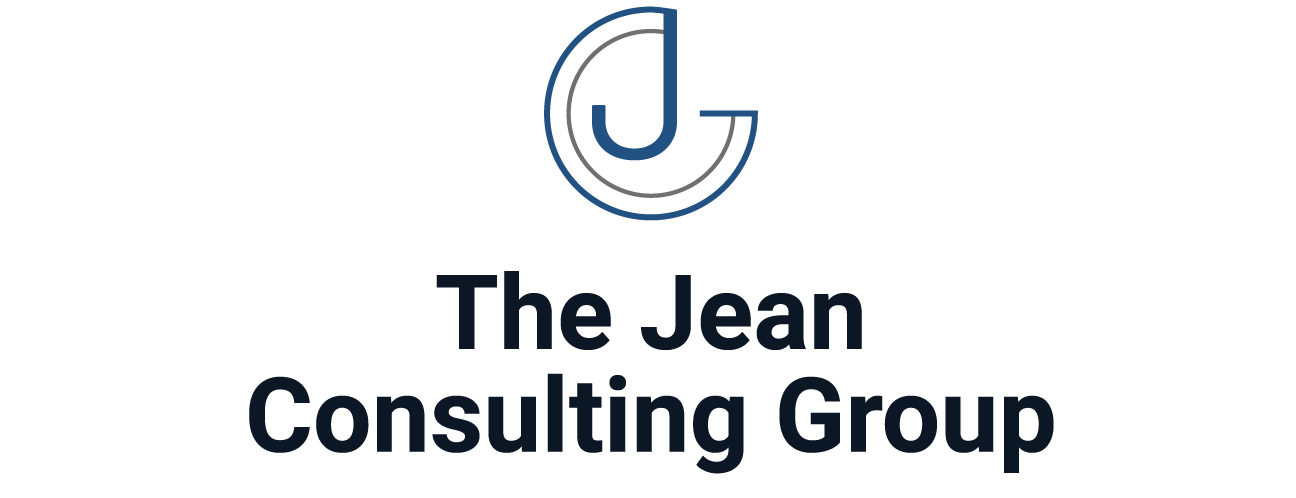In the intricate dance of contract negotiations, the negotiation of employee benefits and compensation stands out as a pivotal element that significantly impacts employee satisfaction, retention, and overall organizational performance. This article delves into effective strategies and considerations that organizations should employ to navigate the complexities of benefits and compensation negotiations, ensuring that the outcomes are mutually beneficial and aligned with the organization’s strategic goals.
Foundations of Effective Compensation and Benefits Negotiation
Successful negotiations around compensation and benefits require a nuanced understanding of the organization’s financial capabilities, the competitive landscape, and the needs and expectations of employees.
- Comprehensive Market Analysis: A thorough market analysis serves as the foundation for informed negotiations. Understanding industry standards for compensation and benefits helps in positioning the organization competitively and ensures that offers are realistic and attractive to employees.
- Transparent Communication: Transparency about the organization’s financial health and strategic priorities sets the stage for realistic negotiations. Clear communication about what is negotiable and what is fixed helps manage expectations and fosters trust between employers and employees.
- Flexibility and Creativity: Flexibility in negotiation approaches and creativity in structuring benefits packages can lead to innovative solutions that meet employee needs while aligning with the organization’s budgetary constraints and strategic objectives.
Key Strategies for Negotiating Employee Benefits and Compensation
Negotiating employee benefits and compensation is about finding a balance that recognizes the value of employees while ensuring the sustainability of the organization.
- Prioritize Employee Needs: Understanding what employees value most in their benefits and compensation package is crucial. Prioritizing these aspects can enhance employee satisfaction and engagement without necessarily escalating costs.
- Leverage Non-Monetary Benefits: Often, non-monetary benefits such as flexible work schedules, remote work options, professional development opportunities, and wellness programs can be highly valued by employees and less burdensome on the organization’s finances.
- Performance-Linked Incentives: Incorporating performance-linked incentives into the compensation package can align employee efforts with organizational goals, ensuring that compensation increases are sustainable and merit-based.
Navigating Challenges in Benefits and Compensation Negotiations
Negotiating benefits and compensation can present challenges, particularly in balancing employee expectations with organizational constraints.
- Managing Expectations: Setting clear expectations from the outset helps prevent misunderstandings and disappointment. This involves clear communication about the negotiation process, timelines, and potential limitations.
- Addressing Disparities: Transparency and fairness are critical in addressing any disparities in compensation and benefits. Ensuring that differences are based on clear, objective criteria helps maintain morale and fairness.
- Compliance and Legal Considerations: Navigating the legal landscape around employee compensation and benefits is crucial. Compliance with labor laws and regulations must be a priority to avoid legal pitfalls and ensure fair treatment.
Conclusion
Negotiations around employee benefits and compensation are a critical aspect of organizational management, directly impacting employee satisfaction and the ability to attract and retain top talent. By employing strategic, flexible, and creative approaches to these negotiations, organizations can develop compensation packages that are both attractive to employees and sustainable for the organization. This balanced approach not only enhances employee engagement and loyalty but also supports the organization’s long-term success and stability.




